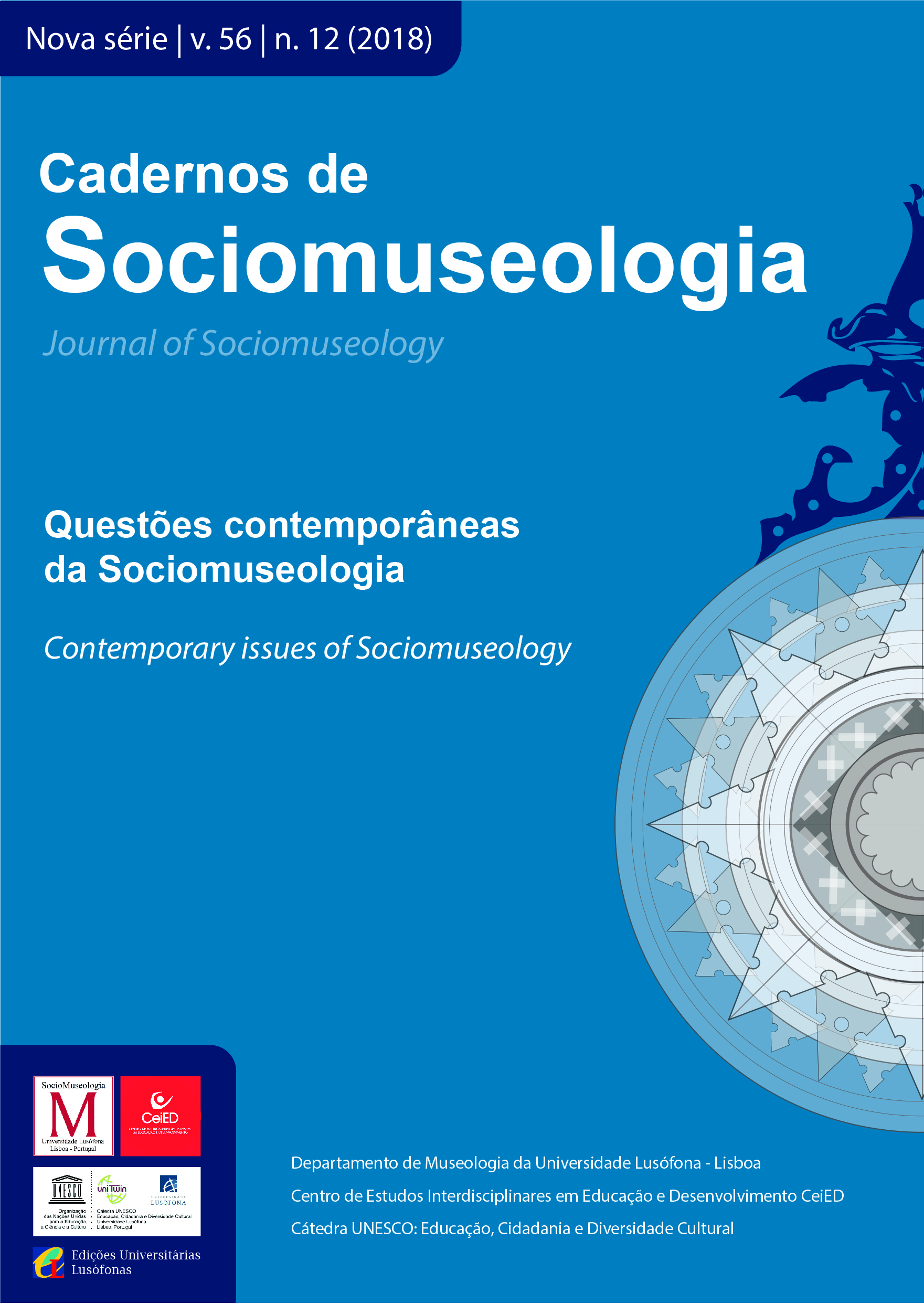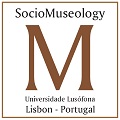Considerations regarding the laws that protect the cultural heritage in Cuba
Abstract
The conformation of the laws that protect the cultural heritage in Cuba dates from the first decades of the twentieth century, during the period of the neocolonial Republic, from the implementation of decrees and restrictive laws to certain dimensions of the heritage with emphasis on the capital environment to the Inclusion in the 1940 Constitution of provisions regarding the protection of the nation's heritage, constituting a step forward in terms of its legal instrumentation, also reflecting the maturity of the sense of belonging and the efforts of activists and defense institutions of the Cuban cultural heritage. The manner in which the dispositions, decrees and laws of protection to the patrimony of the nation throughout the neocolonial Republic were instrumented, with successes and failures, constituted expression of the consolidation and reaffirmation of identity; the strengthening of an awareness about the meaning of the role of culture as a process of collective construction and as a mechanism for defending the historical legacy that progressively formed a set of experiences that the revolutionary government established in 1959 had to project policy cultural in general and the legislative body for the protection of the heritage of the nation in particular.
Keywords: cultural heritage, Cuba, neocolonial Republic, identity, Cuban laws
Downloads
Authors retain copyright and grant the journal right of first publication with the work simultaneously licensed under aCreative Commons Attribution License that allows others to share the work with an acknowledgement of the work's authorship and initial publication in this journal.













